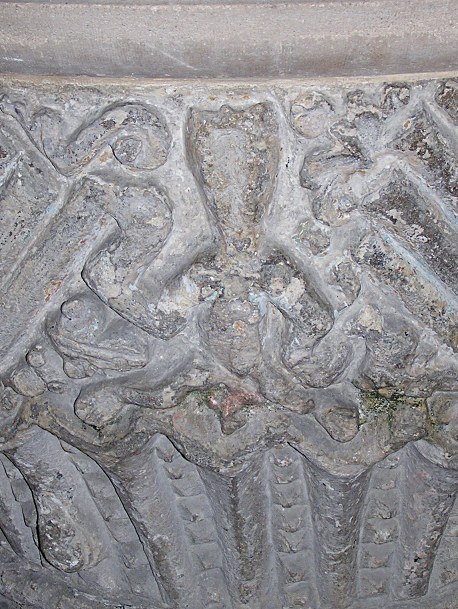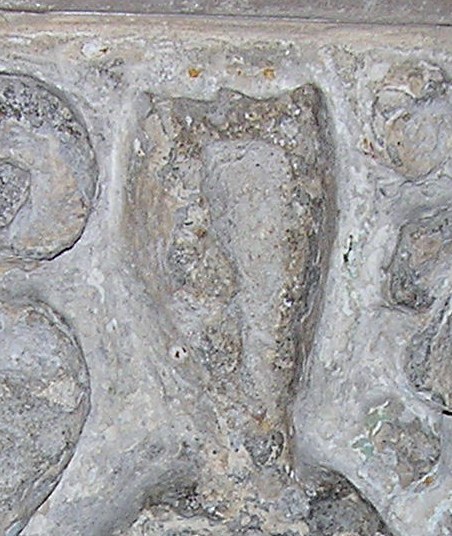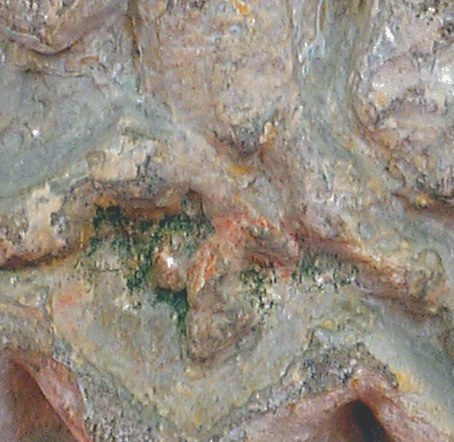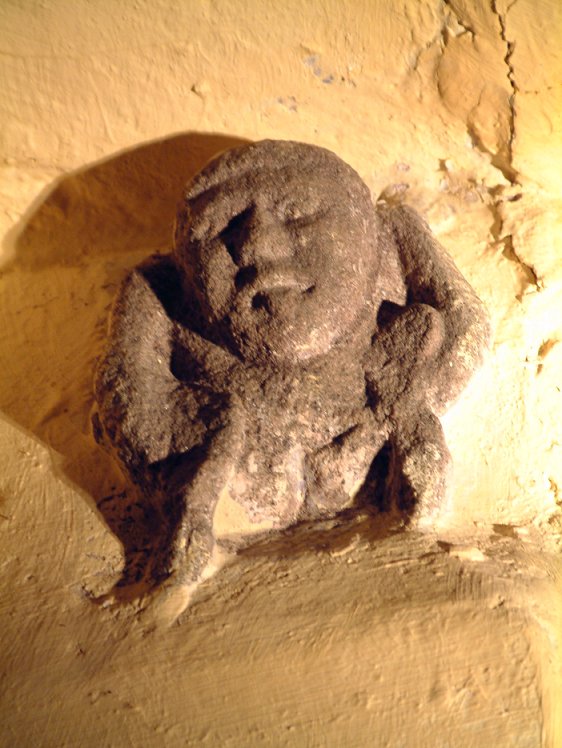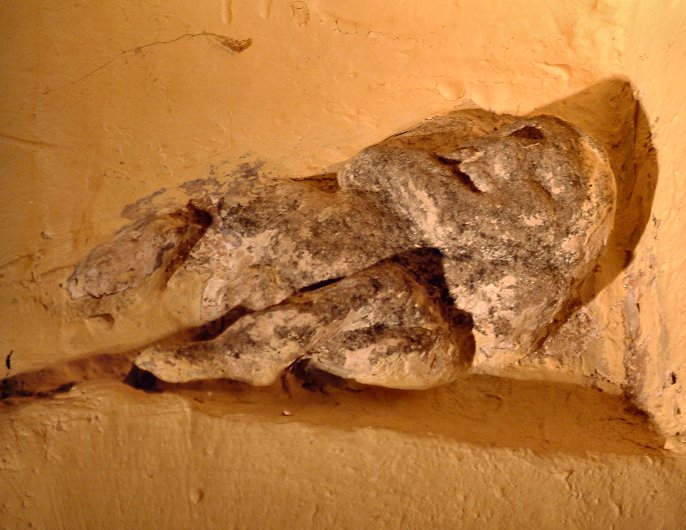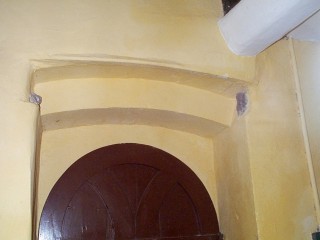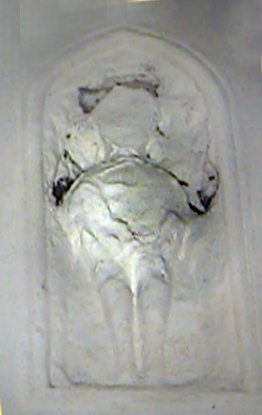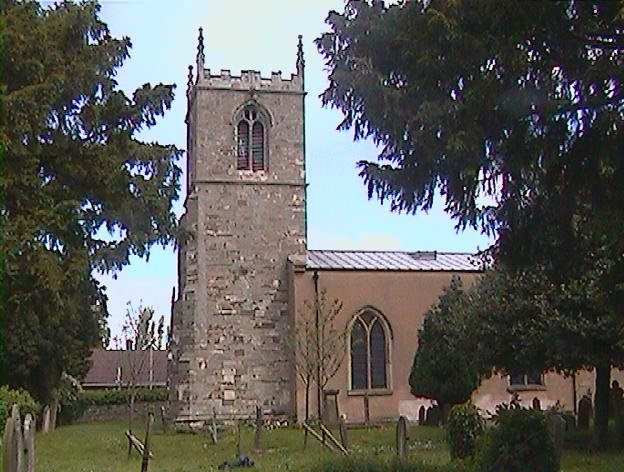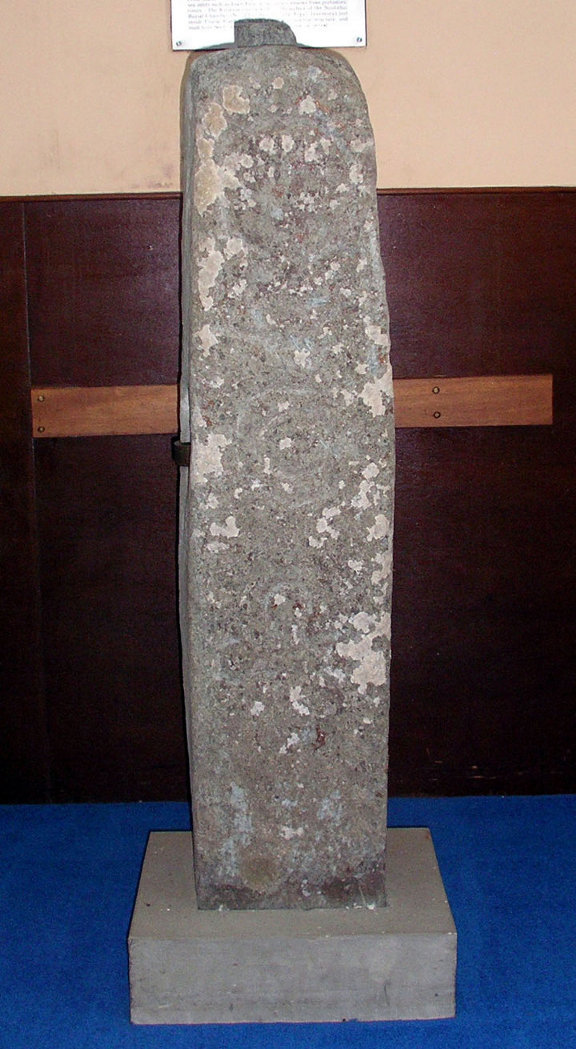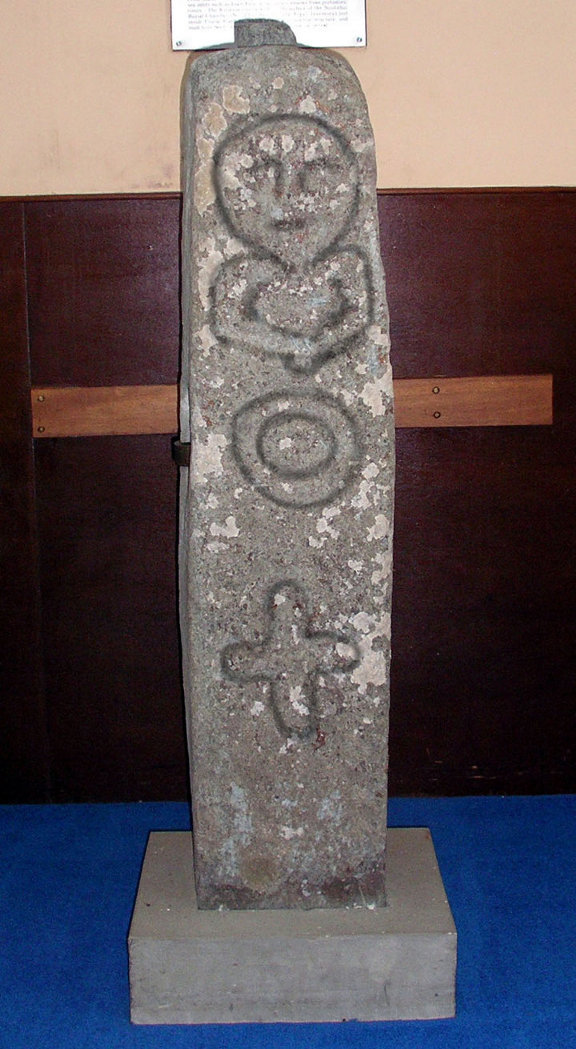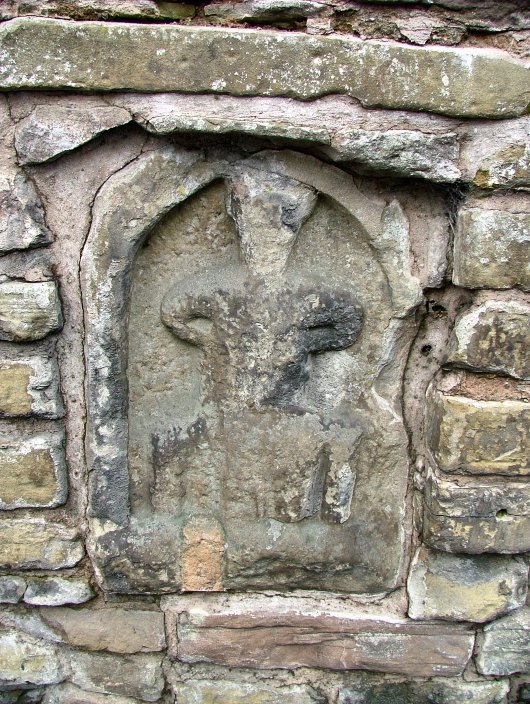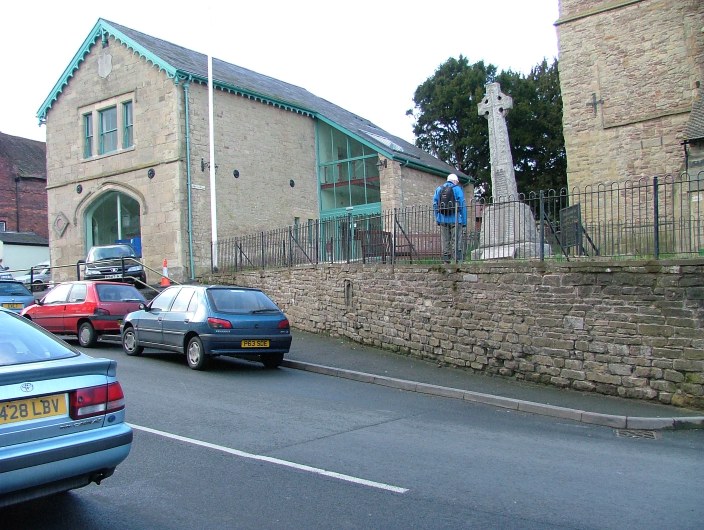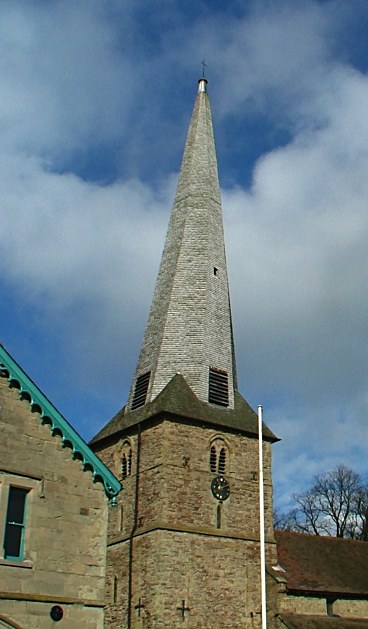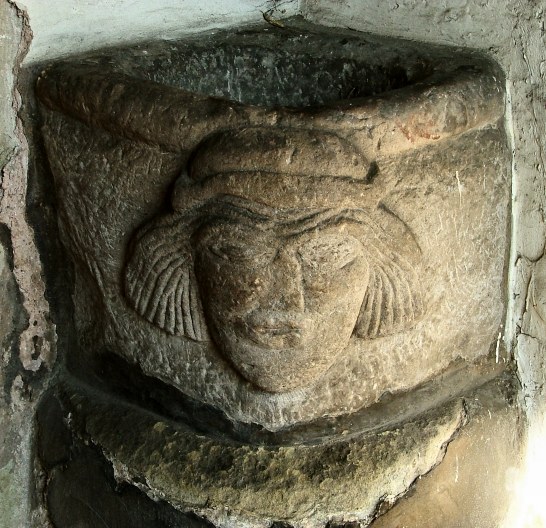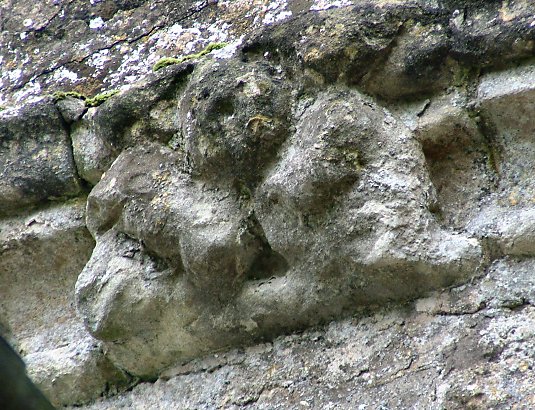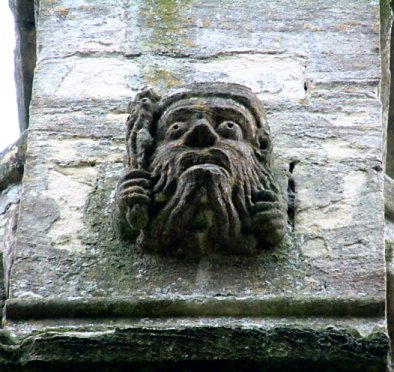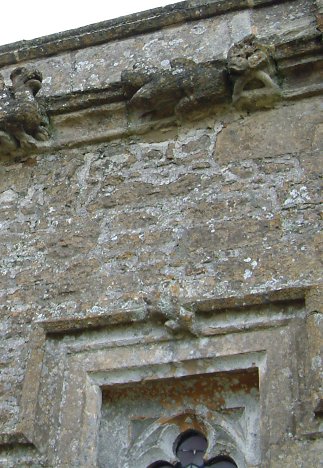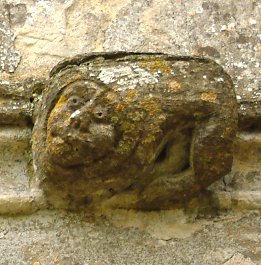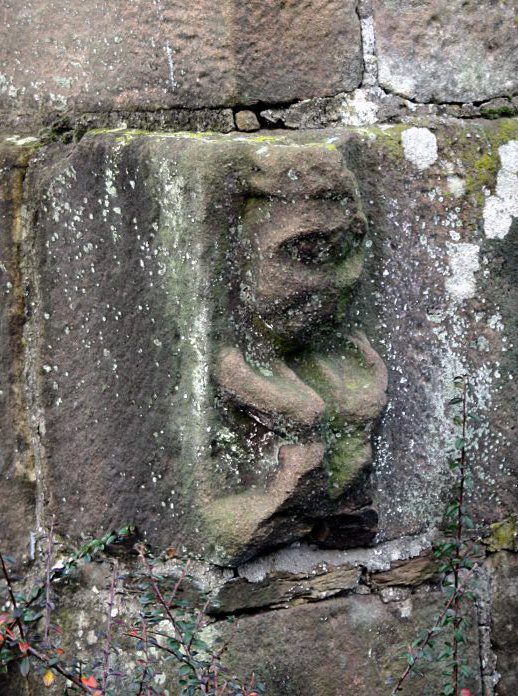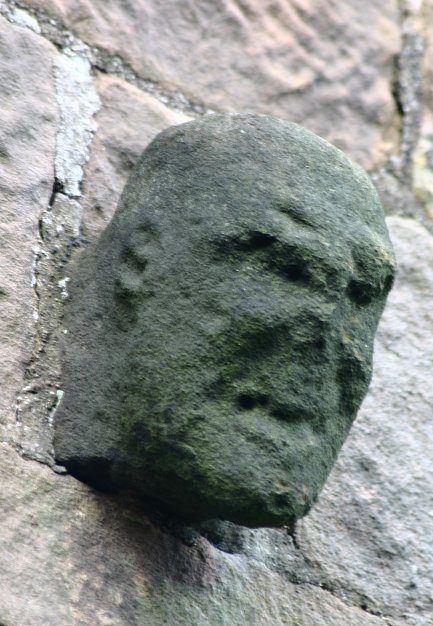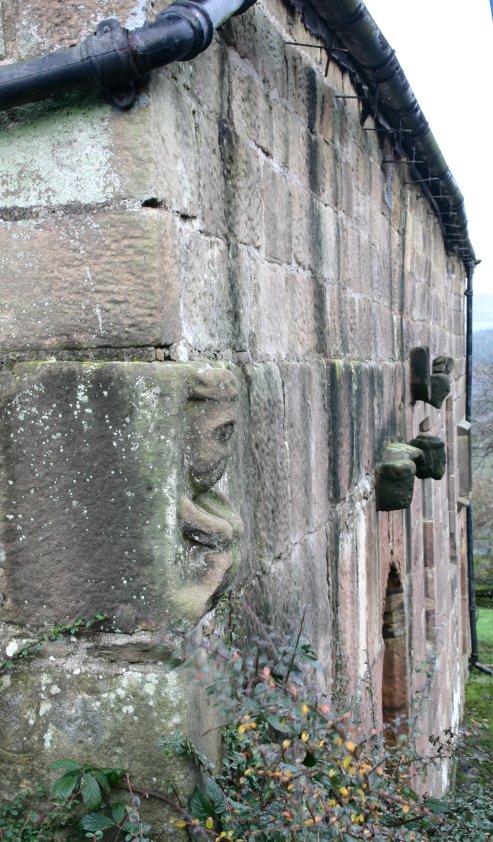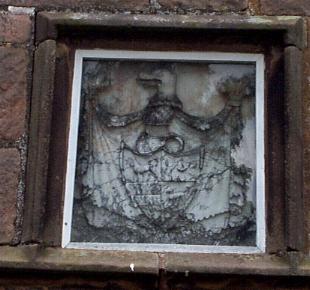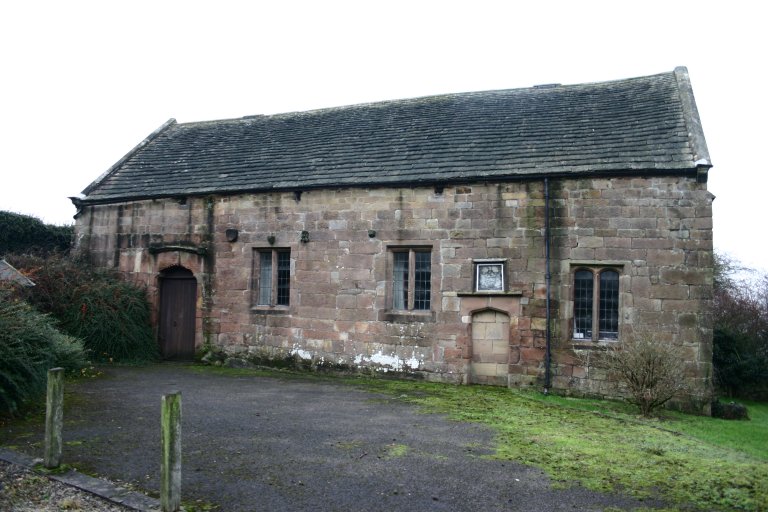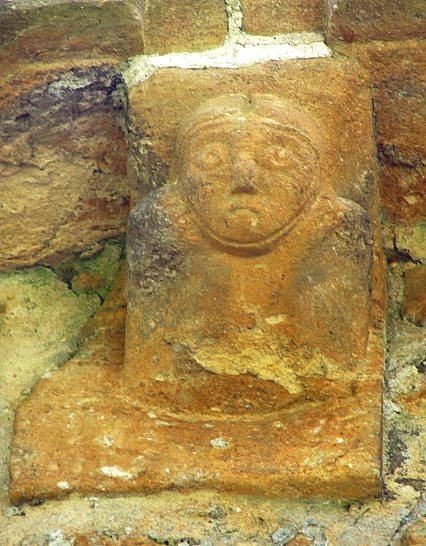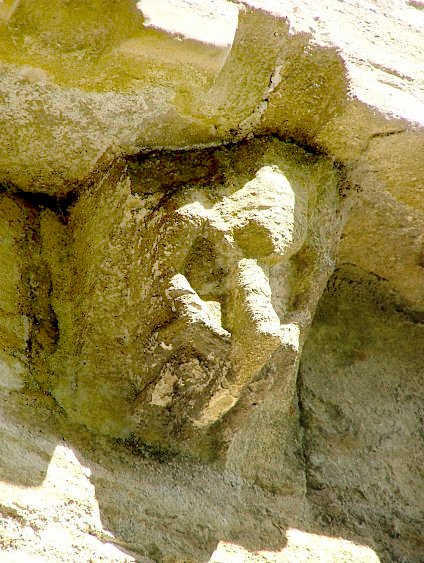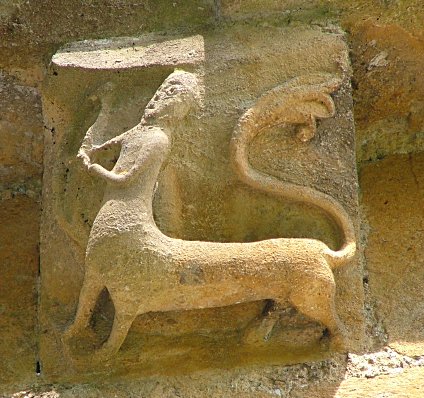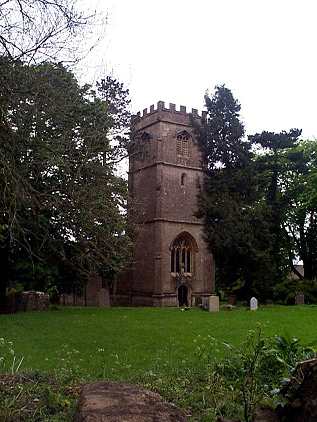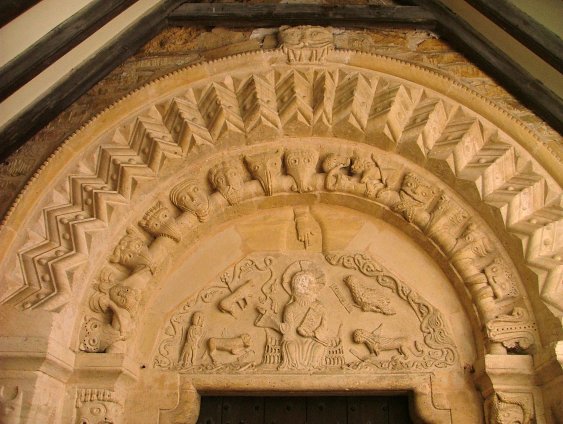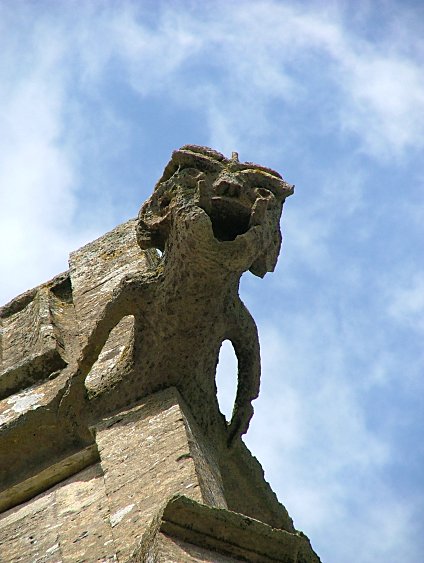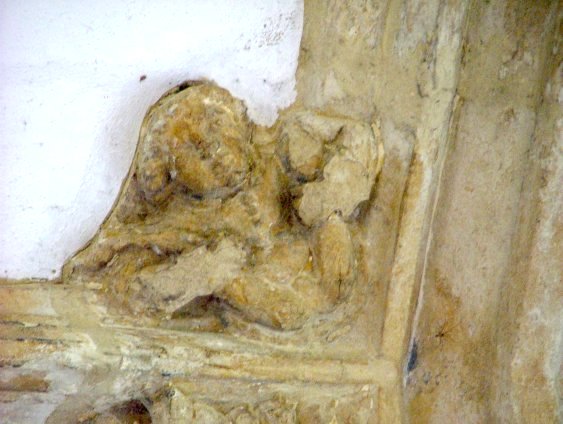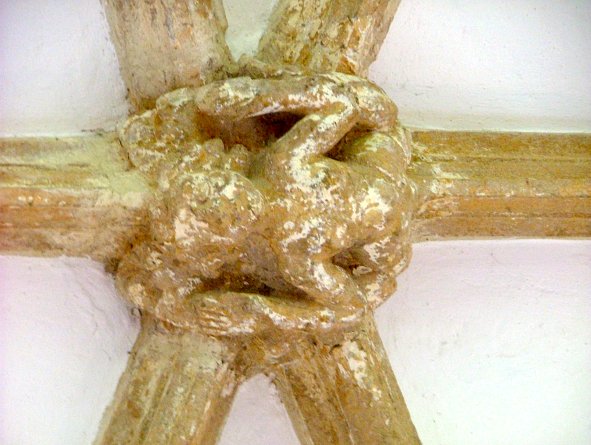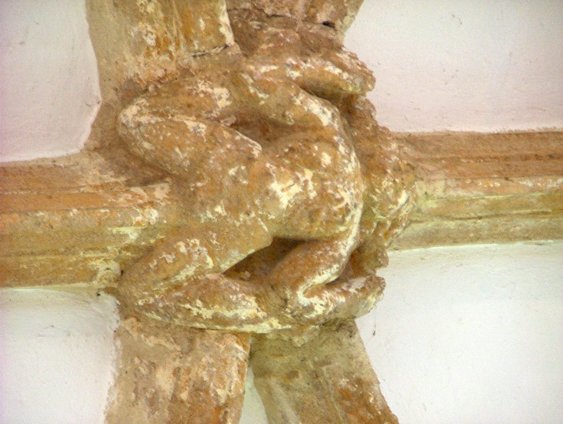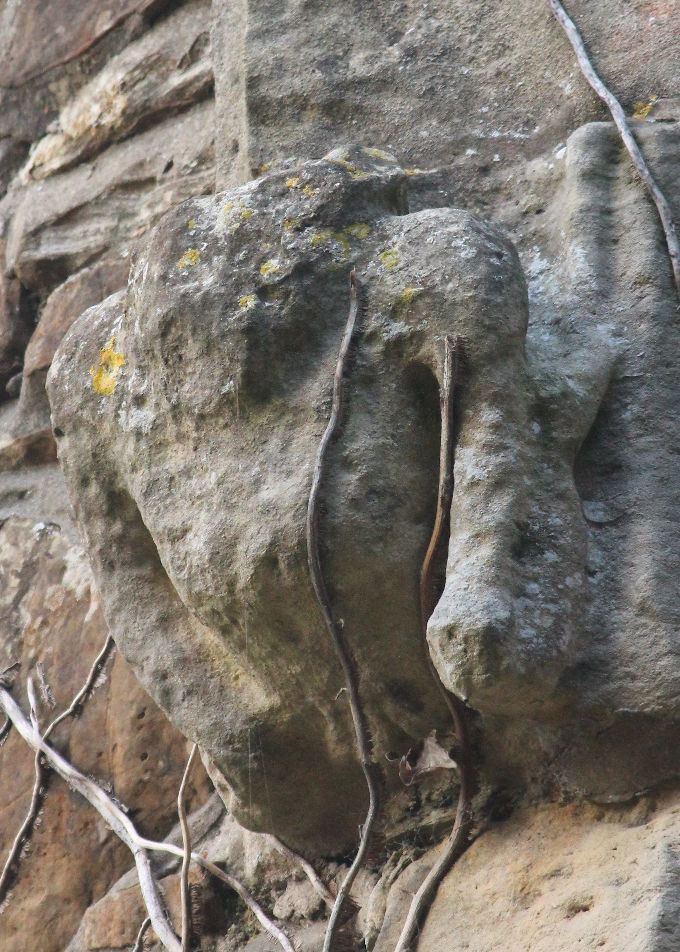
The Figure
This figure was discovered by Theresa Oakley and was published in her doctoral thesis Lifting the Veil.
The figure is very worn and as such it is hard to tell what it was originally meant to represent.
The question is was this once an exhibitionist figure? There are a number of features that count against this. The land for the building was granted to the Austin friars in 1379 which puts the carving in a much later period than the 12th century when we normally see female exhibitionist sculpture.
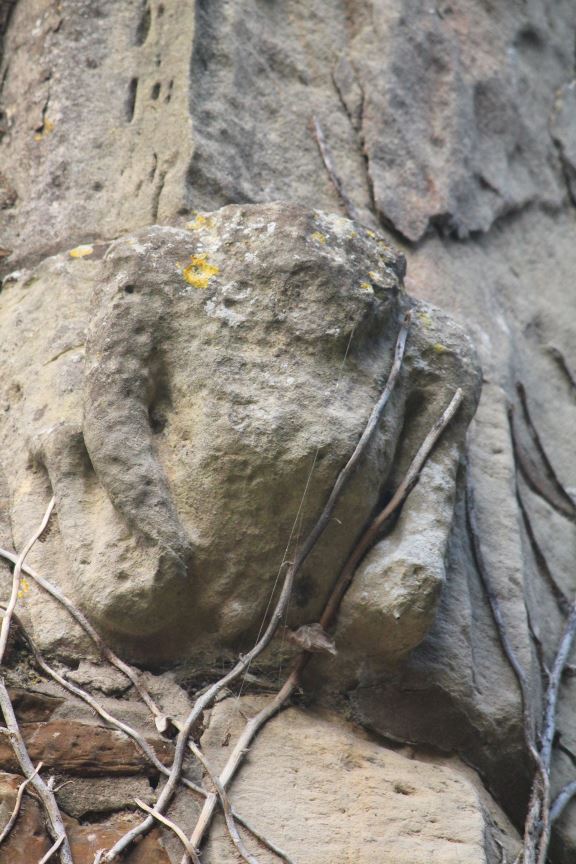
The Chapel
It resides on the now disused Chapel of the Augustinian Friary on Conduit Hil, Ry and is in a somewhat dilapidated state. Permission was granted to the friars to rebuild their friary after a French raid destroyed the original buildings along with most of the town. The chapel is the only building to have survived into the present day. It has had a varied life serving as a store house in the 1700s. In the twentieth century it wet through many incarnations including Salvation Army barracks, theatre, malthouse, butter and cheese warehouse, wool store pottery and dance hall.
While I was visiting the figure one of the locals very kindly let me into his garden to have a look at the side of the building and photograph the odd blocked up floor level windows.
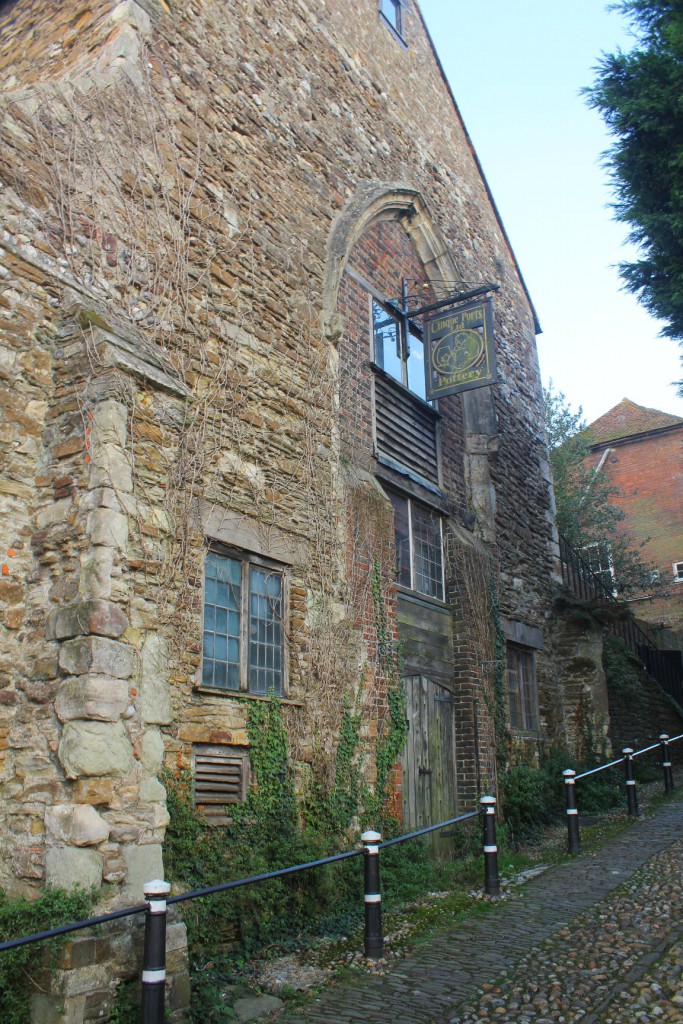
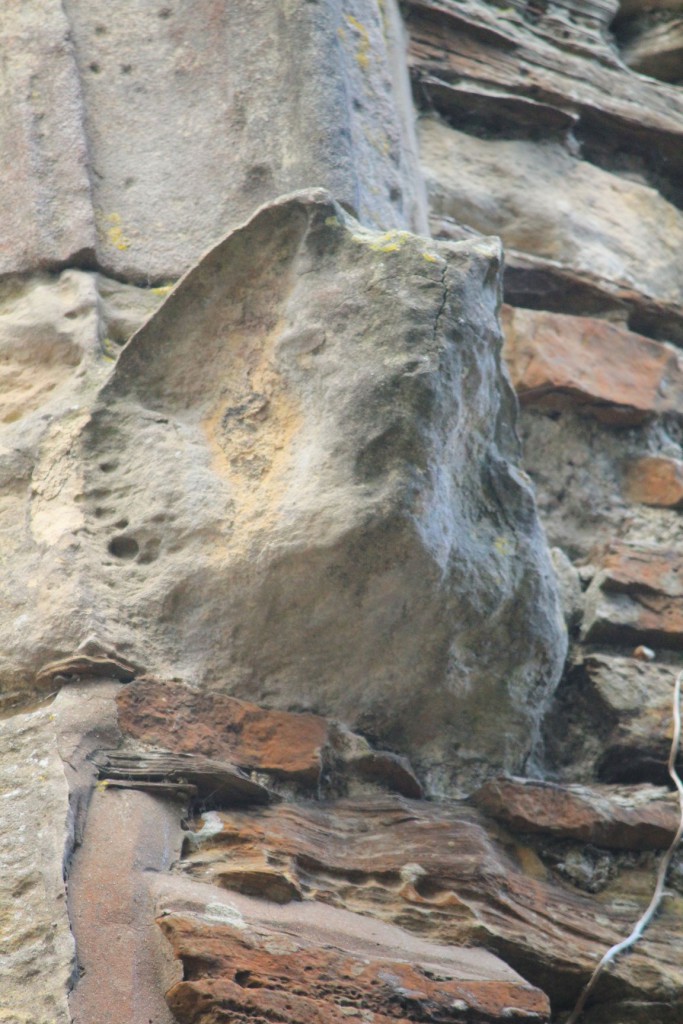
Is this a Sheela Na Gig?
If this is an exhibitionist figure then it would be exceptional given the likely date of carving. It is worn and it is hard to tell what originally it once was. Angel figures from this period when they become worn start to become suggestive of exhibitionist figures. Having said that carving as it stands today is suggestive of one. At the end of the day this carving is simply to worn to make an accurate judgement.
